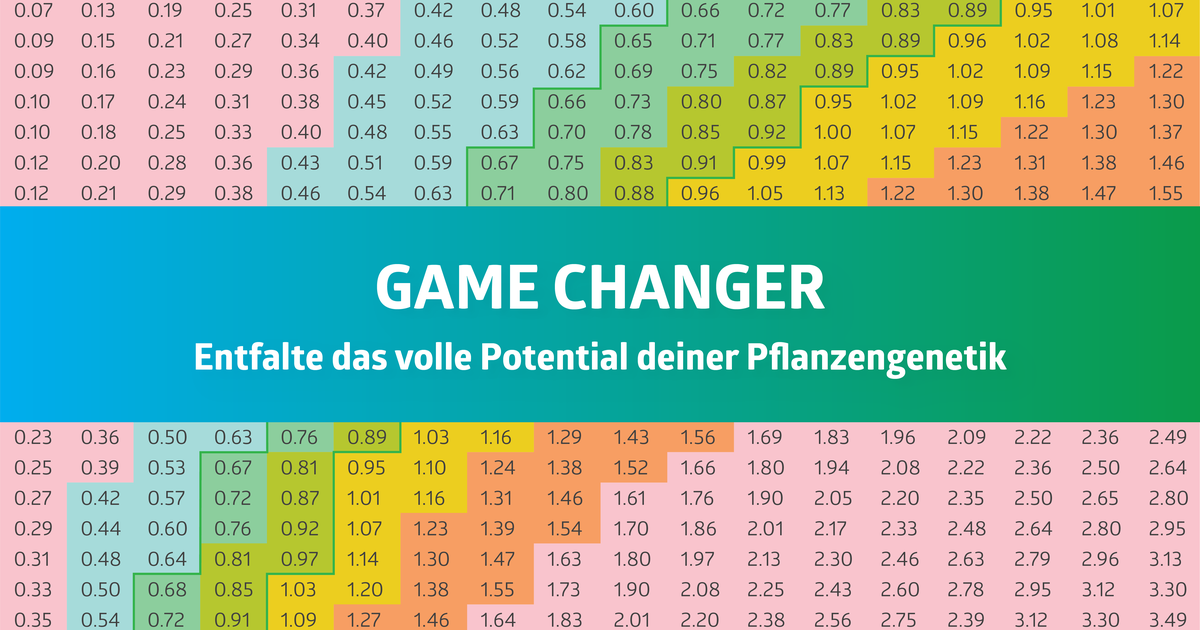doc_loomis
Well-known member
Sieht richtig nice aus.  Ich schäle meine Steckies zwar nicht, aber ritze sie an, und habe auch immer das Gefühl, dass sie dadurch mehr und an allen Seiten austreiben und im Endeffekt stabileres Wurzelwerk bilden.
Ich schäle meine Steckies zwar nicht, aber ritze sie an, und habe auch immer das Gefühl, dass sie dadurch mehr und an allen Seiten austreiben und im Endeffekt stabileres Wurzelwerk bilden. #broscience #definitelymaybe #actualscience #seenextpost
Last edited:




